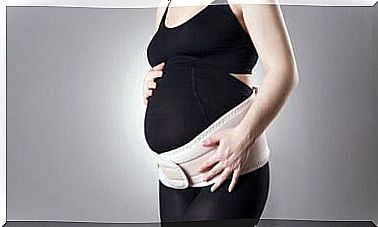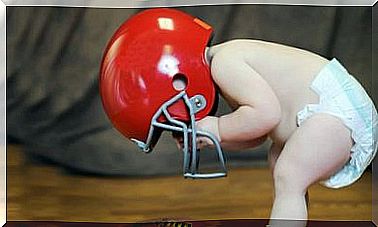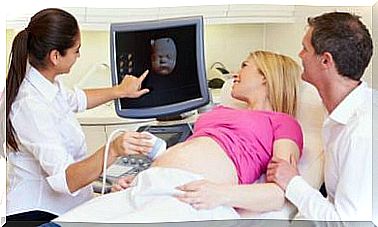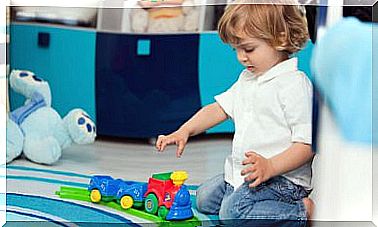I Also Felt Very Bad During The Puerperium Or Quarantine
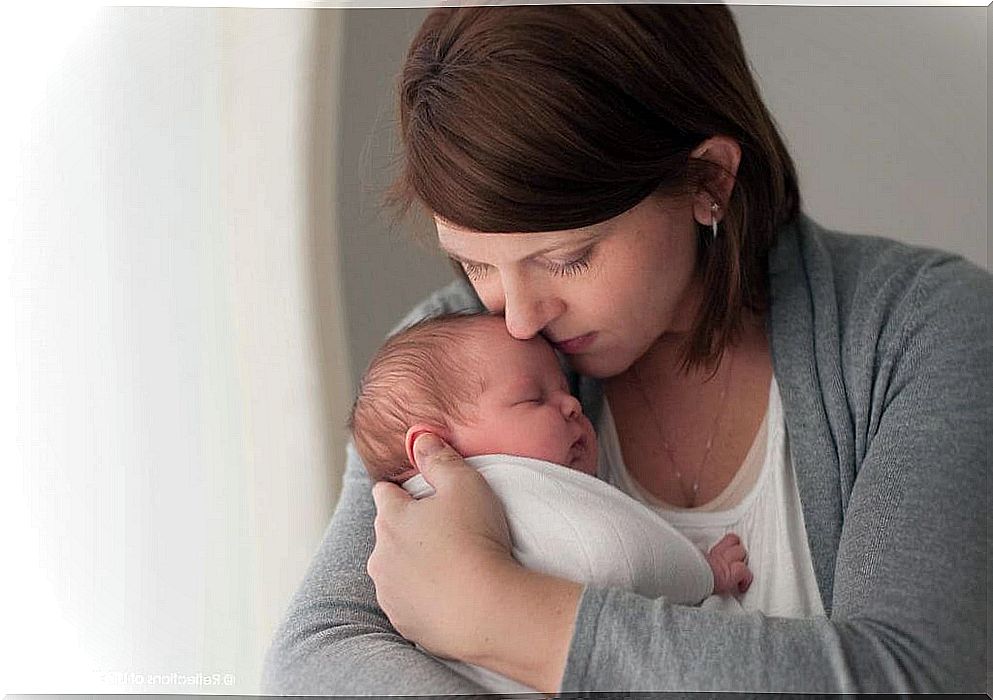
The puerperium is something more than that quarantine that the maternal body needs to return to pre-pregnancy conditions. It is also a period of adaptation in which emotions overwhelm us and where tears may sometimes be necessary.
We are not talking about any postpartum depression at all. For starters, many moms sometimes face a type of delivery they didn’t expect (perhaps a C-section).
You have to repair a physical injury, a sore, swollen body with a still bulging belly. We must also face many fears with this delicate and fragile creature that depends completely on us.
The puerperium is not easy at all. It is clear that each woman will face it in a healthier way, even more exciting. However, these first weeks require that we regain harmony with our body and that in turn, we build the bond with our baby. Emotions are running high and sometimes the environment is not always sensitive or respectful to this meticulous process.
The physical puerperium and the emotional puerperium
As a mother, you have prepared countless things for the birth of your child. Both the father and the mother project what the room will be like, who will do what at all times and what kind of parenting they decide to give to that new member of the family.
Long-term projects are done, but seldom, very seldom do we think about specific aspects in the very short term. The puerperium is one of them. It is the welcome of that child and in turn, for the mother, it means facing the reality of an empty body again. A wounded body and a figure that he still cannot recognize.
Let’s see it in detail.

Your quarantine and mine can be very different
Maybe your best friend had a great delivery, the kind where the baby “almost arrived alone.” Where the protocols are met in which the skin-to-skin process with the newborn can even be carried out in a calm way.
However, other births are completely the opposite of what one expects. The baby arrives early, a cesarean section must be performed and left in the incubator for a few weeks. Nobody prepares for something like that . The puerperium, the quarantine in these cases is somewhat traumatic and very delicate.
Each woman lives the days after childbirth in a different way. However, we are often surprised by how celebrities regain their figure so quickly. We see how they upload their images to social networks showing an “almost flat” abdomen. While we, perhaps, continue to have almost the same belly as at 8 months.
The puerperium is, like it or not, a hormonal revolution
You crave calm, but your body keeps changing, and of course, it hurts. You want to relax, but you keep an eye on whether the baby eats, sleeps, breathes, pees, moves, or has colic. And if this weren’t enough, your hormones are going through a real revolution.
- In the days after delivery, estrogen and progesterone drop (but don’t worry, they will readjust again when your ovarian cycle is restored).
- In turn, prolactin rises. In fact, it has a fundamental role: dairy production and generating oxytocin. This hormone was the one that caused the uterine contractions of childbirth, but now, it continues to work for another very specific purpose. Thanks to prolactin, the uterus contracts to close the wound left by the placenta when it detached and thus prevent bleeding.
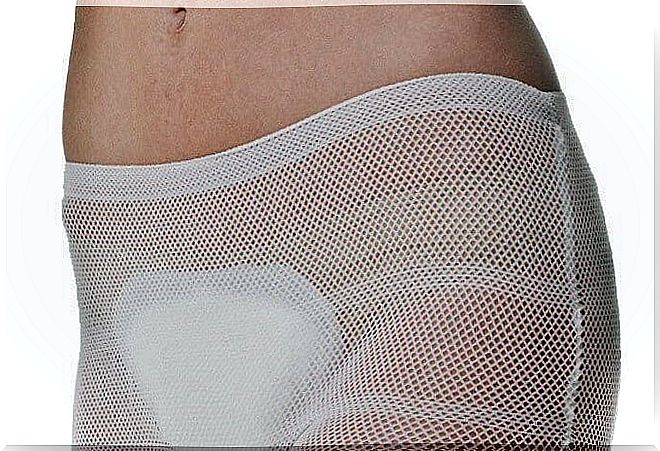
The phases of the puerperium
We all know that the puerperium is also called quarantine because it is, on average, the time it takes the body to recover after delivery. However, it must also be said that each woman needs a more or less specific time.
Let’s look at the phases.
- The immediate puerperium : refers to the first 24 hours after the baby is born.
- The mediate or early puerperium, which goes from 2 to 7-10 days after delivery. In this period, genital involution begins, the appearance of lochia and the rise of breast milk.
- The distant puerperium, which goes from day 11 to day 40 or 45 after the baby is born. At this stage, uterine involution is terminated, and menstruation may return if there is no lactation.
Now, as a fact to take into account, we will tell you that countries like Canada even speak of the need to speak of a late puerperium that should last up to 8 or 12 months. Somehow, the woman’s body and our emotions would take several months to “rebuild” again.
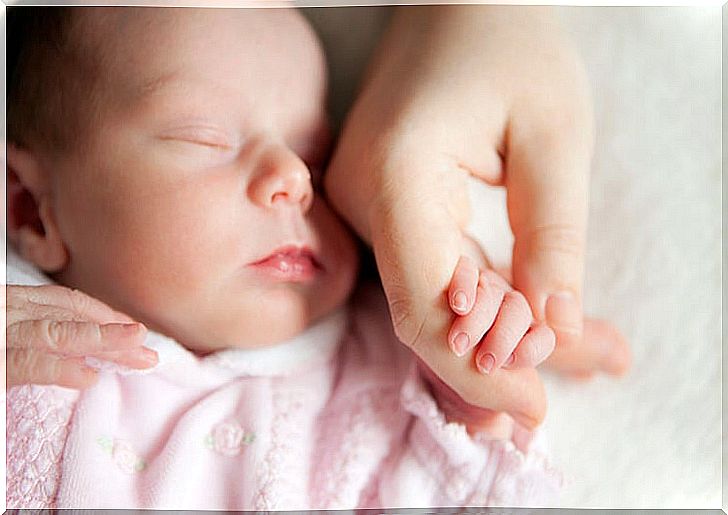
The puerperium and your right to express your emotions
It’s not just the hormones. Not everything is chemistry. We must face new realities that come to us suddenly. Despite being extremely tired and sleeping little, there is something in us that pushes us every second to be alert. It is an unknown sensation that overwhelms us, that misses us but that offers us courage.
You are a mother, and that excites you and sometimes scares you at the same time. Will I do well? That question pops up in your mind every moment, but you instantly remove it from your mind to hug your child.
Your body is hurt, you wear those huge pads, baggy clothes, you look unattractive and you wonder if you will ever be the same as before. They are doubts that come and go, that sometimes you vent with tears, but so what?
You are tremendously happy with that life in your arms. The puerperium will pass. He won’t be able to with you.

